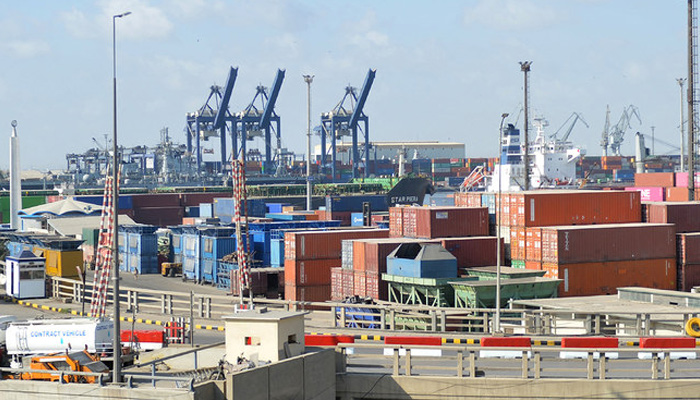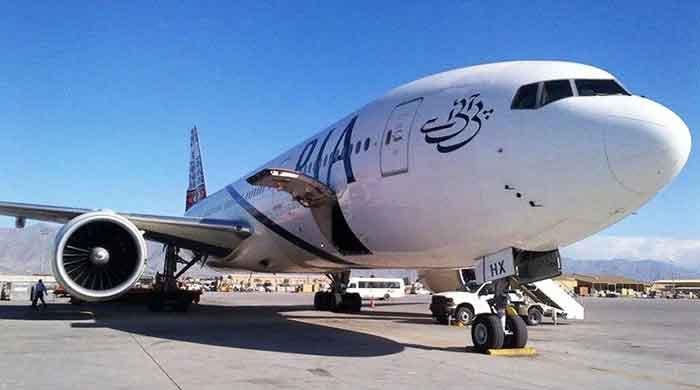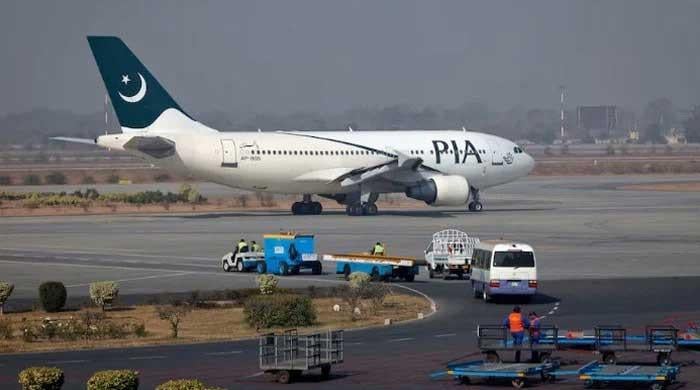Current account posts surplus as imports dip
Continuation of LC restrictions key factor in current account deficit drop
July 19, 2023

- Current account surplus widens for fourth month in a row.
- Nation experienced a $2.3 billion current account deficit last year.
- Continuation of LC restrictions key factor in current account deficit drop.
KARACHI: Pakistan’s current account posted a surplus for the fourth month in a row in June due to a contraction in imports caused by both administrative restrictions and a lack of foreign currency.
According to data released by the State Bank of Pakistan (SBP) on Tuesday, the country’s current account surplus increased to $334 million in June from $220 million the month before.
In June 2022, the nation experienced a $2.3 billion current account deficit. The current account deficit narrowed by 85% in the 12 months of the last fiscal year (FY2023) to $2.56 billion. It was $17.48 billion in the previous year.
The continuation of letters of credit (LCs) restrictions up to almost the end of June, according to Mustafa Mustansir, head of research at Taurus Securities, is the main factor contributing to a decrease in the current account deficit.
“However, we do not anticipate the trend to continue in the long-term and expect CAD in FY24 to arrive at 1.6% of GDP or $6 billion,” he added.
Analysts said that the drastic reduction in the deficit was caused by steps Pakistan implemented late last year in an attempt to fix its balance of payments crisis.
A 55% fall in overall imports over the previous year was the main cause of the June surplus. However, exports declined 29%, and remittances fell 22% YoY in June.
The International Monetary Fund (IMF) programme has goals that call for Pakistan to ease its import restrictions, which have adversely weakened the economy.
Achieving a real effective exchange rate for the Pakistani rupee is another important programme goal. Pakistan’s trade deficit for the fiscal year that ended in June decreased by 43% from the previous year to $27.6 billion.
“Import restrictions helped contain the external deficits, however, played heavily on the domestic economy, in terms of a massive decline in manufacturing, slowing down businesses and industries, affecting investment, employment, and inflation,” said Khurram Schehzad, the CEO of Alpha Beta Core.
“FY23 was choosing between about growth vs stability given the precarious situation and acute availability of the foreign exchange.”
According to Prime Minister Shehbaz Sharif, China has extended a $600 million loan to Pakistan, bolstering its foreign exchange reserves in the wake of a long-awaited agreement with the IMF. In the past three months, China had already extended more than $5 billion in loans to Pakistan, saving the country from default as talks to obtain the IMF rescue dragged on.
Pakistan’s foreign exchange reserves decreased to the point where they could barely cover a month’s worth of regulated imports during the lengthy IMF negotiations, and a severe balance of payment crisis brought the nation to the verge of collapse.
On June 30, the IMF eventually agreed to provide Pakistan with a $3 billion rescue; a $1.2 billion initial installment was then given. Following the IMF agreement, Saudi Arabia and the United Arab Emirates provided an additional $3 billion in financial assistance that helped stabilise the Pakistani economy.
Originally published in The News









